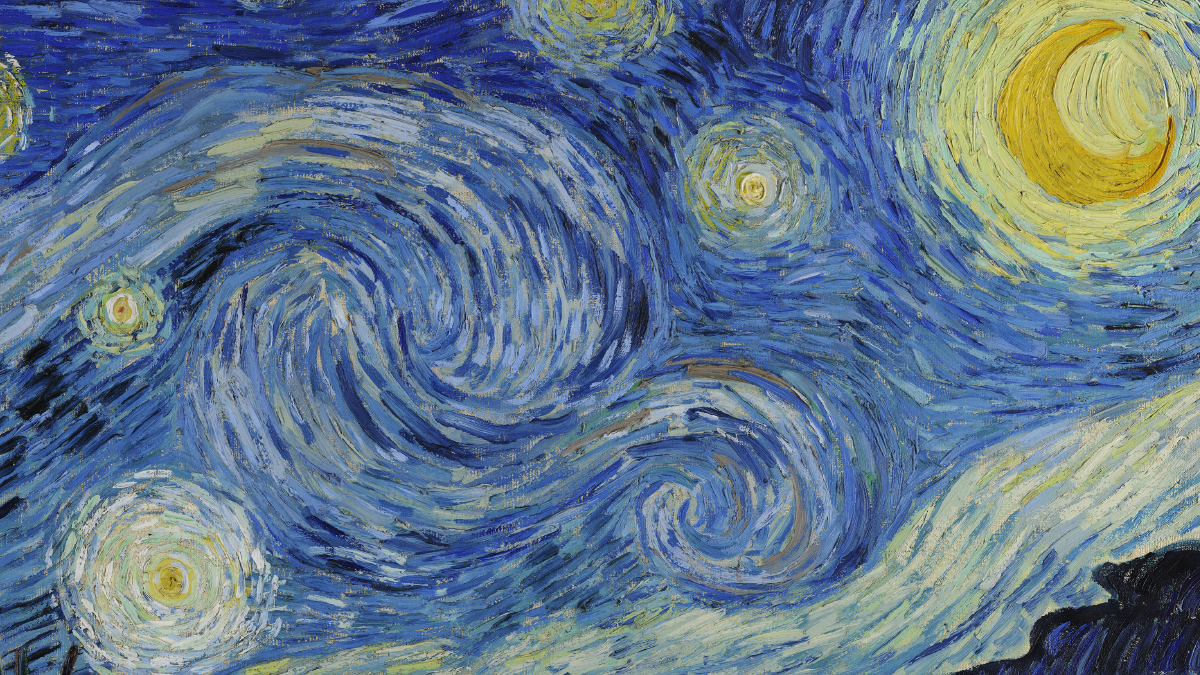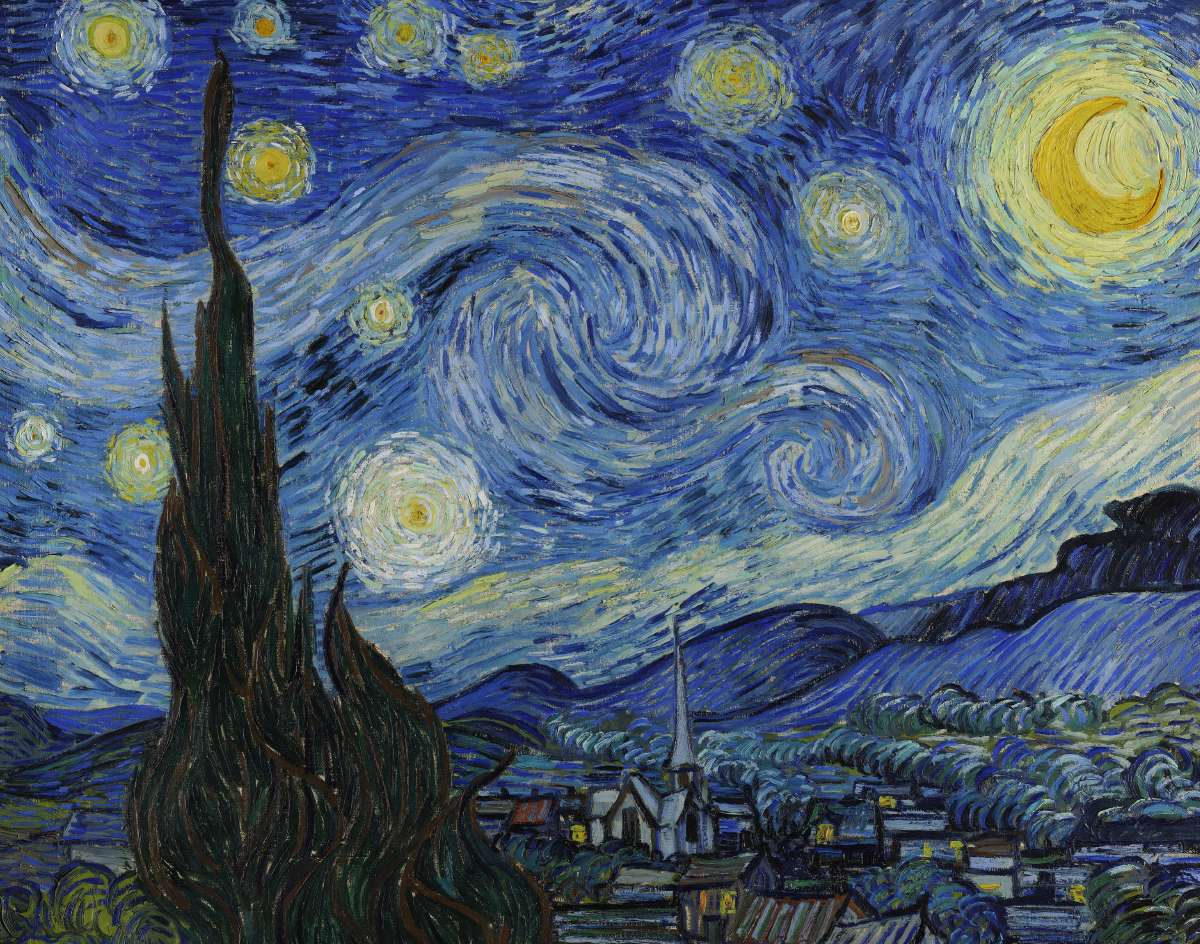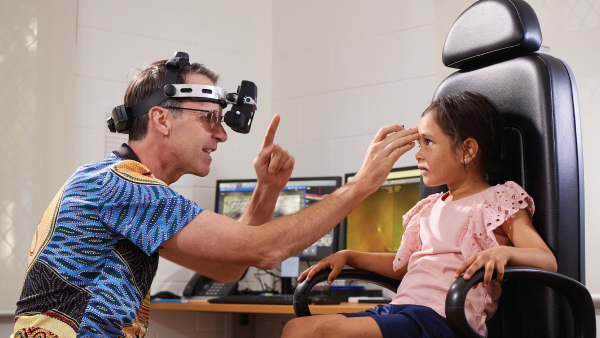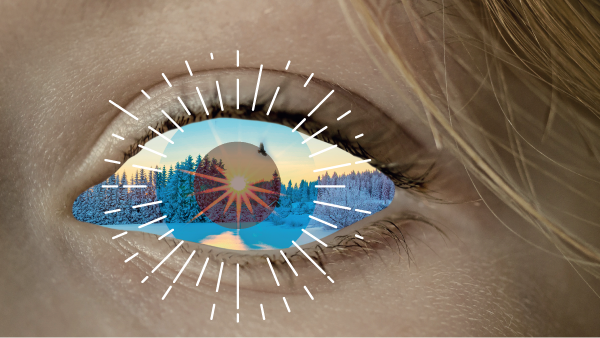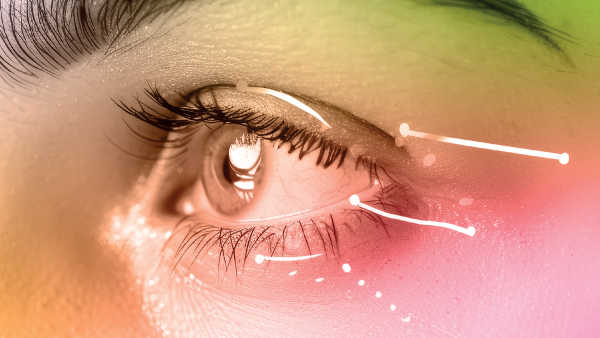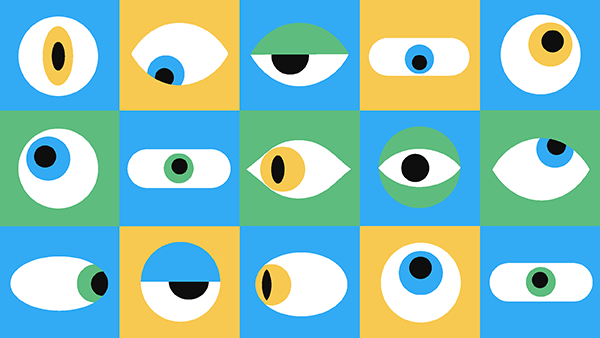You are viewing 1 of your 3 articles before login/registration is required
The Eye of Post-Impressionism
Investigating the relationship between adults’ and infants’ aesthetic preference for Van Gogh paintings
The science behind aesthetic preferences has fascinated scholars for centuries. Rooted in the depths of individual perception, emotion, and cultural context, aesthetics shape the way humans interact with visual stimuli, and, in turn, the world. Although previous research has investigated experimental aesthetics, little has been done to assess how aesthetic preference changes over time. Noticing this literature gap, a team of researchers from the University of Sussex investigated the relationship between infants’ visual preferences and adults’ aesthetic responses in relation to 40 of Van Gogh’s landscape paintings. Here, Philip McAdams, one of the study authors, outlines the findings of the research.
What was the inspiration behind this research?
We wanted to investigate whether adults’ appreciation of art could be traced back to babies’ sensory biases. In turn, we were also keen to gain more insight into early visual development in babies. Previous research has shown that babies have visual preferences for basic visual features, such as high contrast and color stimuli, but there is limited understanding of how babies use these basic visual features to perceive more complex images, such as art.
Please can you provide a brief overview of the study?
We measured 25 babies’ visual preferences and 25 adults’ aesthetic preferences for 40 of Van Gogh’s landscape paintings. The paintings were shown in pairs – we measured how long a baby looked at each painting, and how “pleasant” adults rated each painting. We investigated the contribution of chromatic and spatial image statistics to infants’ and adults’ responses. Image statistics are a way of measuring/quantifying the information in an image. For example, we can calculate the average color in a painting, giving us a single numeric value, or calculate the variation in brightness. We can look at how many edges there are, or how these edges are aligned (e.g., straight, curved), or how complex the painting is. We then investigate any relationships between these image statistics and infant and adult responses; for example, calculating whether infants look longer when there are more edges in a painting.
What were the main findings?
First, babies looked longer at the paintings that adults rated higher for pleasantness. Second, both babies and adults shared a preference for paintings that had more green and high contrast in color and brightness. Finally, a combination of various chromatic and spatial image statistics could explain two-thirds of baby and adult preferences; for example, babies looked longer at paintings that had more edges, more green color, and more curves. Adults rated paintings higher when they had more complexity, repetitions of patterns, and less yellow color.
It was surprising to find that babies can respond preferentially to some paintings over others. Previously it was thought that babies preferred simple patterns, but our research shows that babies can perceive much more complex images and prefer to look at some paintings over others – similar to adults.
How does this research contribute to a deeper understanding of aesthetics and its neural underpinnings?
Aesthetics is thought to involve perceptual, emotional, and conceptual components, and our results show that the perceptual component plays a relatively large role in adult aesthetic responses to Van Gogh landscapes, accounting for two-thirds of adult aesthetic ratings. Our developmental approach suggests a relationship exists between infants and adults. Additionally, more brightness and color contrast in the paintings is a shared perceptual component of infants’ and adults’ responses, providing insight into the development of the mature aesthetic response.
What are the next steps for this area of study?
It would be interesting to study infants’ and adults’ response to carefully controlled abstract art or artificially generated stimuli with statistically controlled features. This would enable us to more effectively reveal similarities between infants’ visual preferences and adults’ aesthetic responses to different image statistics. We also want to investigate aesthetic responses to natural scenes that share similar chromatic and spatial images statistics as art.
Our co-author on this paper, Alice Skelton, is currently investigating and modeling the impact that infants’ visual immaturities have on their perception of image statistics for complex images and scenes. Alongside fellow researchers, our principal investigator, Anna Franklin, has developed ‘ColourSpot,’ a tablet-based test for accurate diagnosis of color vision deficiency in young children. There is exciting research being done in the area of aesthetics, we hope to add to this more in the years to come.
The New Optometrist Newsletter
Permission Statement
By opting-in, you agree to receive email communications from The New Optometrist. You will stay up-to-date with optometry content, news, events and sponsors information.
You can view our privacy policy here
Sign up to The New Optometrist Updates
Permission Statement
By opting-in, you agree to receive email communications from The New Optometrist. You will stay up-to-date with optometry content, news, events and sponsors information.
You can view our privacy policy here
Sign up to The New Optometrist Updates
Permission Statement
By opting-in, you agree to receive email communications from The New Optometrist. You will stay up-to-date with optometry content, news, events and sponsors information.
You can view our privacy policy here
